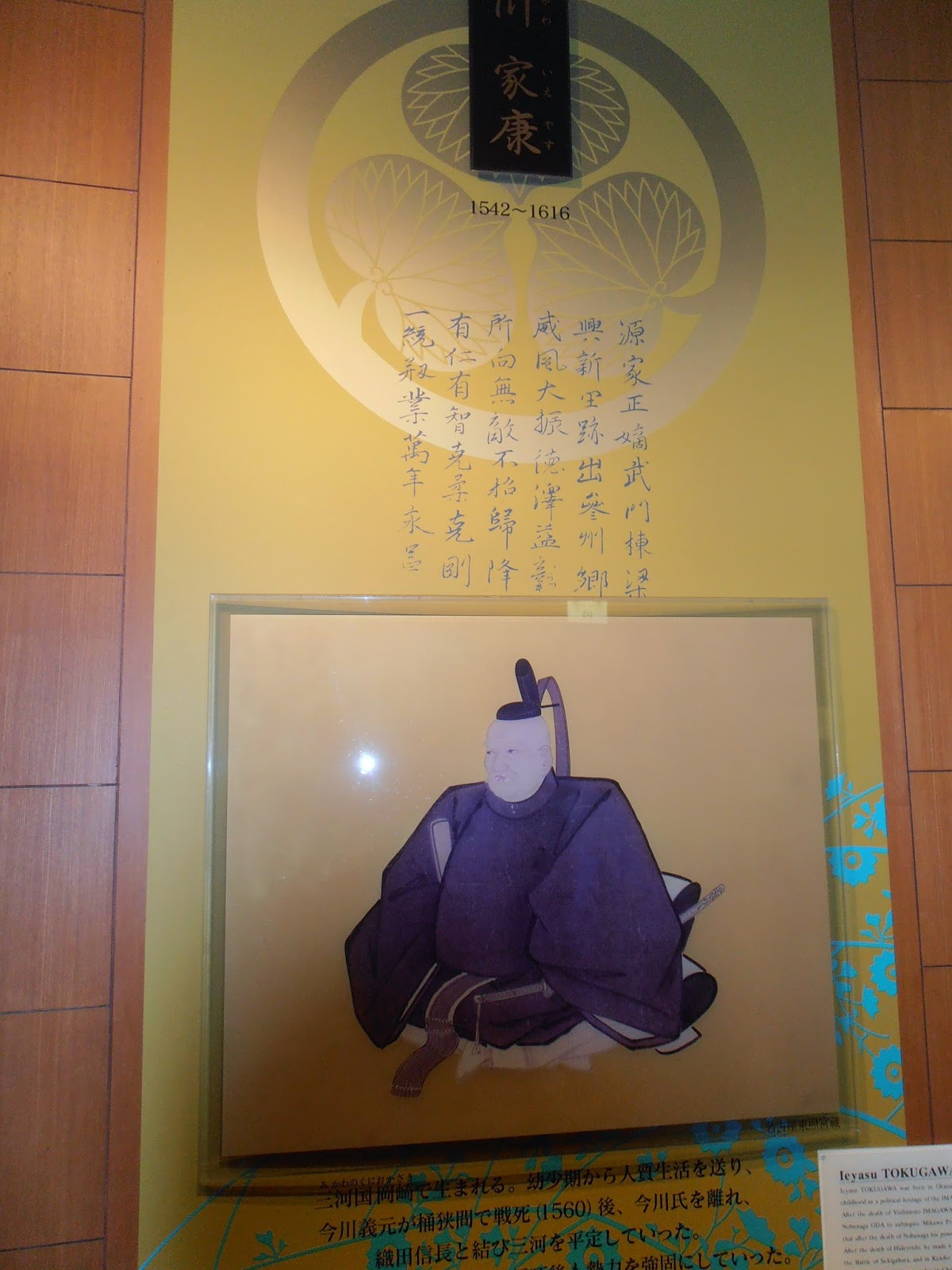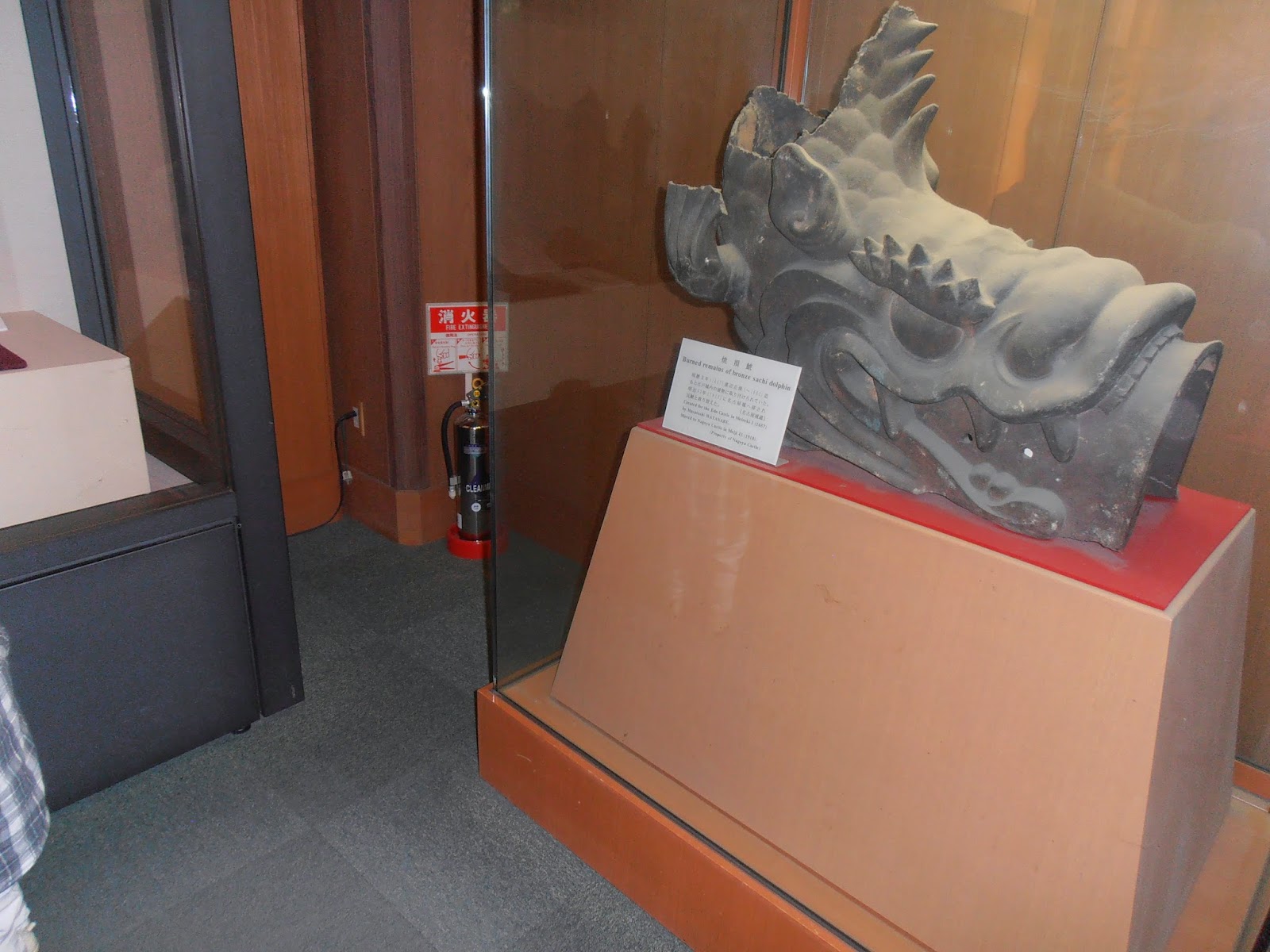Japan, the journal: days 5-6
Day 5
We were up early and back to the trains on Thursday. Once again, we traveled from Uguisudani to Ueno, but we arrived so early that we had some time to kill before we were supposed to meet my friend. Luckily, the station has many interesting artworks and shops to browse.

We watched as the morning crowd turned from a steady stream of businesspeople focused on their commute to those dressed more casually, coming in for personal errands or tourism. When the throng had thinned and become less devoted to the quest of making it to work on time, my pen pal Harumi arrived with her husband.
I didn’t know Harumi when I was in Japan the first time. We connected as a result of an internet pen-pal program a little less than eight years ago. After putting my ad on the website, I was contacted by her husband Huw, asking if I would consider a cassette-tape letter exchange. Harumi has been blind since she was about 20, and enjoys corresponding through voice letters. We hit it off right away and have become close friends over the years, but had never had the opportunity to meet until now.
Harumi had been under some stress recently, and although she was eager to meet us, she didn’t have the strength for any complex adventures. We decided to find a nice tea shop to sit down and talk for the rest of the morning.
We talked about what we had seen and done in Japan, and about our plans for the rest of the trip. Harumi and Huw told us about their past trips to the United States many years ago. Huw was surprised that we knew about his home country of Wales and that we had actually visited there. Harumi had grown up in Tokyo and had spent quite a bit of time in Ueno before, although she hadn’t visited recently. She was interested in the changes since she had last been there. John and Huw spent some time talking about an outsider’s impressions of Japan, as this was John’s first trip and Huw had been there for many years. When it was time for them to catch their train home, we said goodbye and promised to be in touch- not just the pen pals, but the husbands, too.
For the rest of our last day in Tokyo, we decided to visit a tourist attraction called Tokyo Skytree. Tokyo has had the famous Tokyo Tower since 1957, a 333 meter red and white structure rather like the Eiffel Tower in Paris. In 2012, the city opened a new attraction, the Skytree, which reached 634 meters, and is the tallest structure in Japan. Like the Tokyo Tower, it is used for communications and also hosts observation decks from which you can view the city. After taking a taxi to the vicinity of the Skytree, we took multiple outdoor escalators up to the entrance along with crowds of tourists from all over the world (including Tokyo).
There were lanes set up for directing those waiting to buy tickets to the observation decks. Although the lanes were only about half full, the sign indicated there was a 45 minute wait. I imagine on busy weekends, if they are using all the lanes, one might wait an hour and a half.
There were some things to hold your interest while you waited, including animations that told about traditional Japanese crafts and customs and windows where you could view the legs supporting the tower.
We discovered that at this level, one could only buy tickets for the first of two observation decks, the one at 350 meters. Once there, we could buy an additional ticket to continue to the deck at 450 meters. We got our tickets and waited again. This time, it was for the elevator that would take us to the first deck. Skytree has four main elevators, each decorated for a different season. Ours was inspired by Summer.
Although it was a bit hazy, our view was still spectacular.
We still opted not to wait in the long line for tickets to the top.
Returning to the hotel, we prepared for travel the following day. We stopped at a nearby grocery and bought fruit, red bean pastry, onigiri (rice cakes) and coffee drinks for the next breakfast. We did a load of wash in the hotel’s coin laundry, packed what we could, and tried to make contact with my sister Maki to set up a meeting place in Nagoya Station. Using a combination of Japanese and drawings, we managed the somewhat complex request with the desk staff to check out early and have a taxi waiting to take us to Tokyo Station at a particular hour. Everything was set.
Day 6
Very excited about returning to Aichi, we woke extra early on Friday. We ate in the room as we had planned, finished the packing and swept the room for things we may have forgotten. In the elevator down to the lobby, we met a French tourist who had come to Japan with a tour group to see various temples, shrines and gardens. At the hotel desk, she had trouble conveying her wish to leave her baggage while she went out to breakfast before the tour bus came. The man assigned to the desk that morning spoke no French at all, and the lady spoke no Japanese, so I stepped in to translate. I was happy that I could help though I never thought French was a skill I’d use on this trip.
Our Shinkansen (bullet train) tickets were to depart from Tokyo Station, another large station in the city, but one we were not familiar with yet. We arrived early in order to find the proper platform, and once we knew where we needed to go, we had to kill some time once again. We dragged all our luggage into Starbucks for a coffee and some water before we left.
Shinkansen were zipping in and out of the station all the time, spending very little time actually loading and unloading passengers. They were sleek machines with noses like speedy dolphins.
Inside, they were very comfortable.
We sped away from Tokyo and watched the scenery change as we approached Nagoya about an hour and a half later(about 220miles.)
Maki and her son Takeru were waiting for us at the platform instead of at the silver clock as we had discussed. It was unexpected, but we were delighted! Maki was seven years old when her family hosted me as an exchange student. She had visited us at our house in Illinois about seven years ago, so we had come to know her as an adult, but this was our first time seeing her as a mother and meeting her son.
After a quick tour of the station, and lunch at a Hawaiian restaurant, we drove to Nagoya Castle.
One of the largest castles in Japan, Nagoya Castle was constructed under Ieyasu Tokugawa, with contributions from 20 different feudal lords in 1612. It was mostly destroyed during World War II, but has been rebuilt using the same materials, tools and methods as the original. They are continuing reconstruction even today, and we were able to view them working in their workshop in a special exhibit.
The grounds were lovely with classic Japanese gardens and foliage, but you could also view the various fortifications and defenses such as the moats, gates and passages.
There were deer in one of the moats!
Nagoya Castle is known for the golden Shachi ornaments on its roof. These are variously translated as dolphins, killer whales, or mythical water elemental creatures. Although they look identical (and small) from a distance, they are actually a male (North side, 2621m, 1272kg, with 112 golden scales) and female (South side, 2579m, 1215kg, with 126 golden scales).
Life size replicas are outside the castle for closer inspection.
The inside of the main donjon has been turned into a museum. There are many levels of exhibits including armour and weapons, historical information about the original builders, and the town as it was in the 17th century. They even displayed the original screens and doors that had escaped destruction in the war.
From the top, you could look out at the castle grounds and at the modern city surrounding this ancient treasure.
After we left the castle, we went about an hour farther out into the country to my host family’s house. The area they live in was once the town of Fujioka, but now is considered part of Toyota City. Their house is in a quiet area next to a mountain, and they are surrounded in the other directions by neighbor’s houses and gardens.
We would be staying with my parents, Otoosan (Dad) and Okaasan (Mom), for a few days in the same house where I had stayed when I was here before. They have lived here for 43 years.
We took our bags up the stairs and down the narrow hallway to the same room I occupied so many years ago.
More Aichi adventures in the next post.





















































Comments
Post a Comment